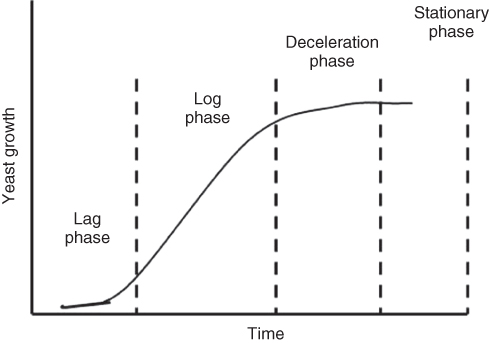4.1 Introduction
Widespread ecological disasters are nothing new on Earth. The Earth has experienced countless such natural disasters over its history. One of the first such disasters that could most likely be the first step in progress toward current life forms on Earth is the advent of oxygen. Oxygen-producing organisms began spewing free oxygen into the atmosphere around 2.45 billion years ago, plus or minus a couple years (1). This free oxygen tended to oxidize iron and the resulting iron oxide precipitated out on the floors of the oceans. It thus removed the dissolved iron from the oceans. These iron deposits are mined even today (2, 3). Maybe if those inconsiderate cyanobacteria or blue-green algae had not released free oxygen into the atmosphere, there would be some other forms of life on the Earth.
The Earth has also had ice ages that have covered the entire globe or a major portion of the northern or southern hemisphere with ice. Thus, reducing the space that organisms could live to either in the depths of oceans or on land closer to the equator. The Earth has experienced hot, moist periods of time that allowed for the explosion of new plant and animal species that drastically changed the environment. In fact, what is amazing is that the Earth remained habitable for some forms of life for hundreds of millions of years.
Plants and animals, in general, have the tendency to destroy their living environment as they consume the resources they need to live. The production of alcohol by yeast in the manufacture of beer and wine is an excellent example of the cycle of an organism (4). Yeast converts sugar to alcohol. Once the alcohol level in a fermentation vat reaches somewhere between 4% and 12%, depending on the variety of the yeast, they shutdown production due to the change in the environment. The growth of the yeast has four distinct phases. They are as follows:
Yeast literally eat themselves out of their environment. Figure 4.1 shows the four phases of yeast growth.
Figure 4.1 Yeast growth.

Algae blooms in aquatic environments, over population of deer in protected areas, and the lemming and predator balance in the arctic are all examples of similar observable ecological disasters in which animals or plants have a specific role.
Humans, of course, cause ecological disasters of their own. Those of us who grew up in the 1950s, 1960s, and 1970s still remember vividly the ecological problems that abounded in the United States during those decades. In north Idaho, the Silver Valley around Kellogg, ID, was under a constant layer of acrid smoke due to the lead smelters in the area. Driving from Coeur d'Alene, ID, to Kellogg, one would go from blue skies into a cloud of acrid smoke within a matter of 30 mi. Trees could not grow on the mountain sides due to the chemicals contained in the cloud of pollution. When vacationers ski in the Silver Valley today, they see very few remnants of the ecological disaster that once was blatantly obvious. The hill sides are once again tree covered and the air is relatively clean. However, lead levels remain high in the soil and on the bottom of Lake Coeur d'Alene (5). The primary operator of the lead smelters was Bunker Hill. The area around the Bunker Hill site was declared an Environmental Protection Agency (EPA) Superfund Site in the early 1980s and a great mount has been put into cleaning up the area.
More famous, or infamous, ecological disasters include the following:
- Chernobyl, Soviet Union (Belarus and Ukraine)
- Bhopal, India
- Deepwater Horizon, United States
- Love Canal, United States
- Minimata Methylmercury, Japan
- Agent Orange, Vietnam and the United States
- Seveso, Italy
The Bhopal and Chernobyl events are discussed in other chapters. The following sections discuss attributes of the other events listed.
